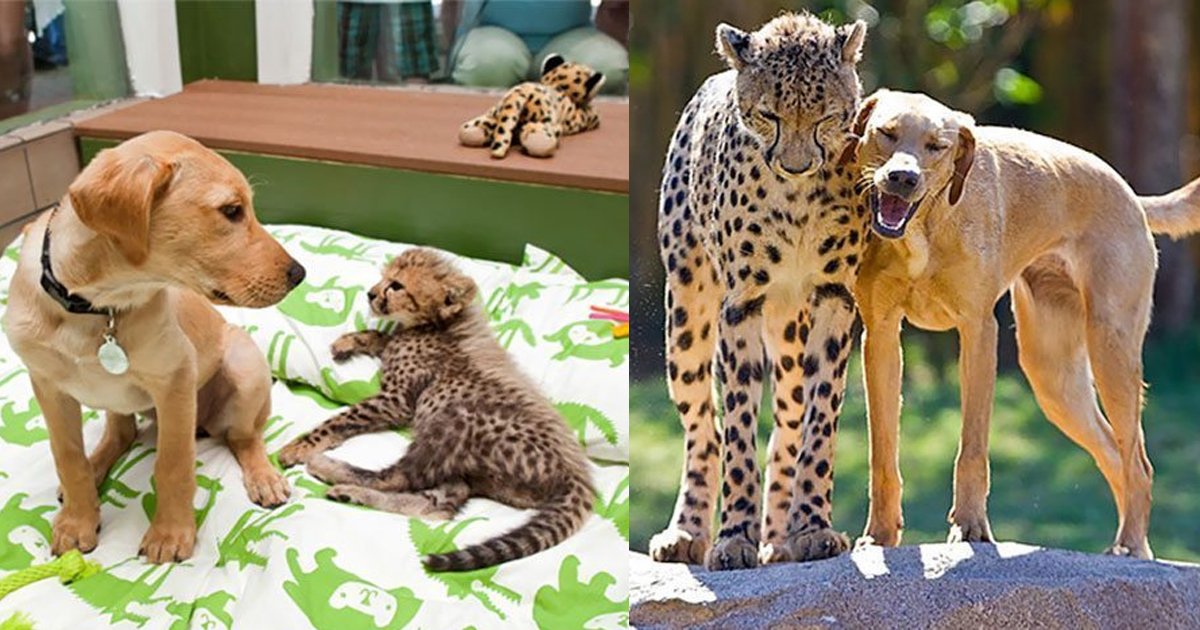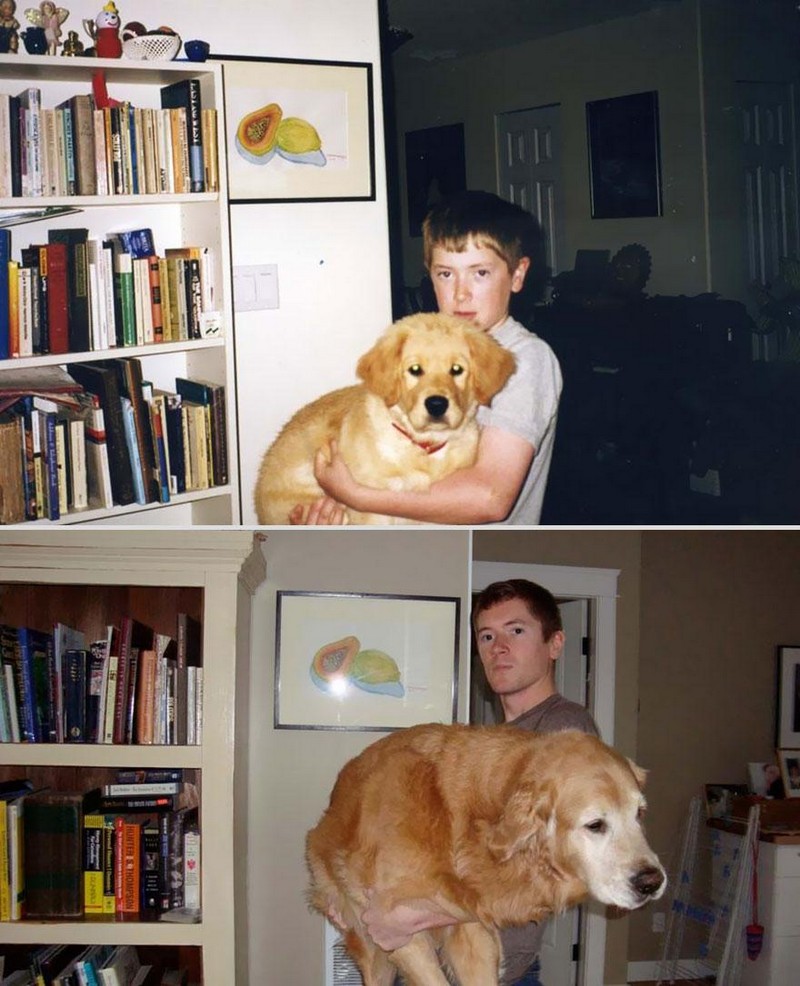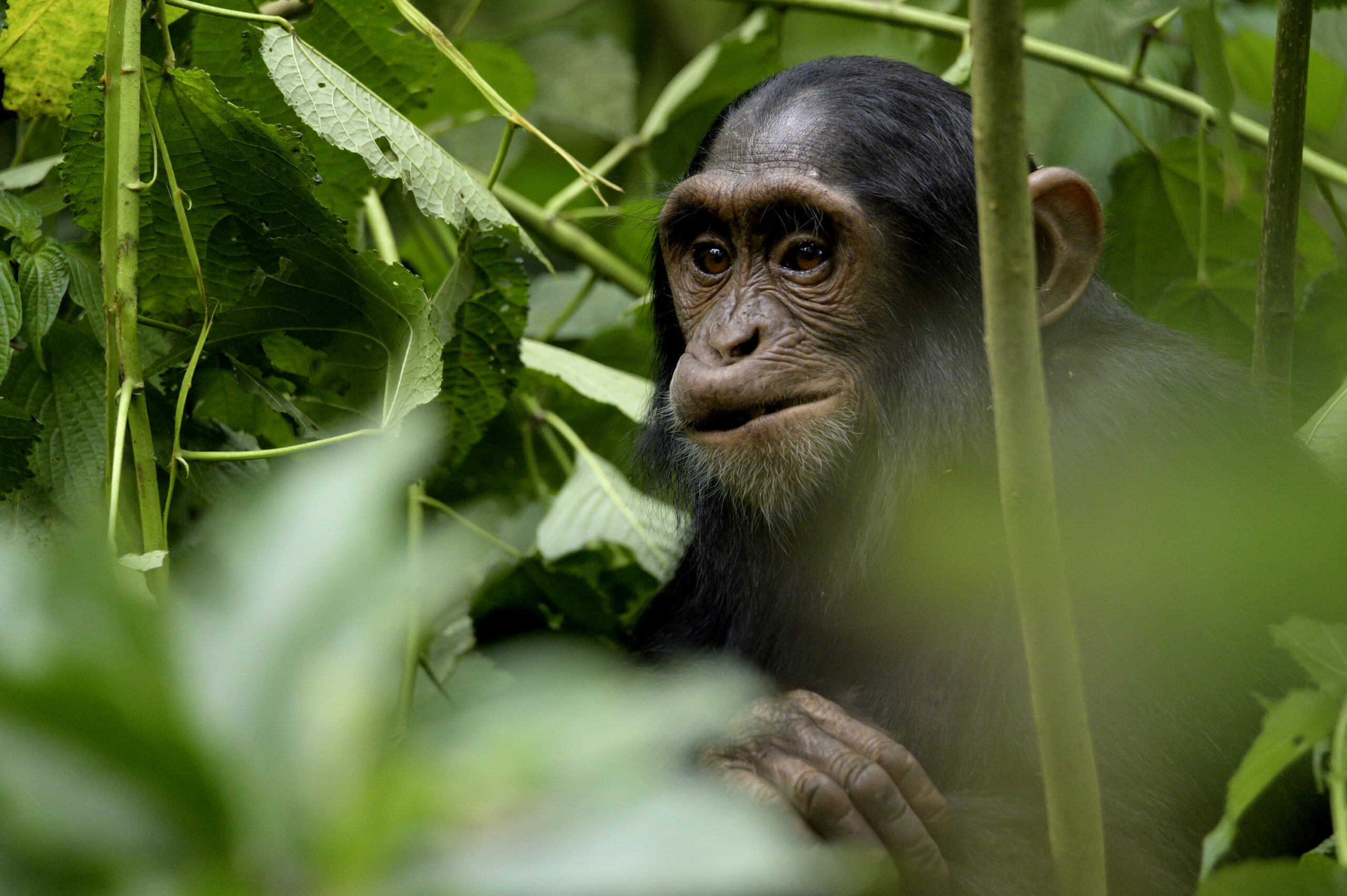


Us? We call time halfway through women’s lives, giving us an adult with no dependent offspring of her own to invest in bringing the next – very needy – generation along. In every other animal – bar a few whales – females have reproductive cycles throughout their entire lives. And our children demand so much during this period that we have created a parenting ally no other species has managed: grandmothers. We are taking that time to invest in our children, building them up physically but also teaching them the skills they need to survive. And us? Well, we have a lot to learn too.
#GROWING UP ANIMAL HOW TO#
Female chimps learn how to make galago-stabbing spears from their mothers (male chimps don’t bother), and bored Japanese macaques learn how to hot-tub. Here is the secret of childhood: we need all this extra time to learn to be a better monkey. We primates have to invest not just in physical growth but in building the relationships and skills that allow us to survive.

We take our time when the largest number of people can possibly be talked into investing in us – and doing the most important thing a child can do: learning. Rather than being infants, we take our time in the part of childhood where we are surrounded by friends, family and our societies. This seems to be because we want to spend longer in the later stages of childhood. We don’t physically mature until years after other great apes – even ones bigger than us like gorillas – but we breastfeed for just two to four years, which is nothing compared with the seven to eight years an orangutan breastfeeds.

Once our babies are born, we take them off the breast far sooner than any of our primate relatives. Killer pregnancy conditions like pre-eclampsia and gestational diabetes may result from our reproductive system’s uniquely baby-led pregnancy that can prioritise the baby at the expense of the mother. Human babies are born fat – ours are 15% lard, compared to the sleek 3% of a chimpanzee – and big-brained, which takes a ton of resources. Instead, it may be the exceptional amount of resources we invest in our babies in utero that causes the problem in the first place. Evolutionary theory used to hold that the reason human birth is a big risk is because of an inherent conflict between our upright-walking pelvis and a big-brained baby, but we have now studied enough other primates to see that they do things similarly, without dying in childbirth so often. We pour so much physical investment into our babies that they nearly kill us if not on the inside, then definitely in the process of coming out. Humans are remarkably unremarkable in this area – if we were mouse lemurs, for instance, we would have testes the size of grapefruits to produce competitive amounts of sperm needed to win the mating game. It’s even evident in our genitals: primates who engage in competitive mating have genital flourishes like very large testes or additional penis length, bones or even spikes. This means less competition for mates, something we can see written right into our bodies, as males and females in our species are a similar size – we’re no silverbacks or giant-fanged baboons fighting for short-term partners. But our monogamous ways have given us genetic co-investors (you might also know them as “dads”) who in pair-bonded species are often important long-term providers. For about 90% of animals (almost all except birds, in fact) monogamy has been dismissed as unworkable. Our strange childhood begins at the beginning: it has made the way we mate and bond strange, too. And if we trace the evolutionary choices our species has made, we can see we have repeatedly chosen to invest in the slow growth of the next generation in ways no other animal has managed. So much about our bodies, minds and the way we build our social and physical worlds is arranged to accommodate this long, bright teatime of growing up. We do not live for ever, but comparatively we are for ever young. Over time, our species has evolved to move the markers of what biologists call “life history” – milestones like birth, growth, maturity, death – into a radically different arrangement to other species. However, bowhead whales are many times our size and can live for hundreds of years we’re not taking between five and 10% of our lives out to be children, but almost a quarter. To put us in perspective, we spend about the same time growing up as bowhead whales – perhaps 25-odd years. We remain children longer than any of them. But seen from the perspective of every other animal on the planet, our long childhood is an extreme outlier. O ne of the things that makes Homo sapiens so unique as a species seems so mundane, so everyday, that we rarely stop to question it.


 0 kommentar(er)
0 kommentar(er)
